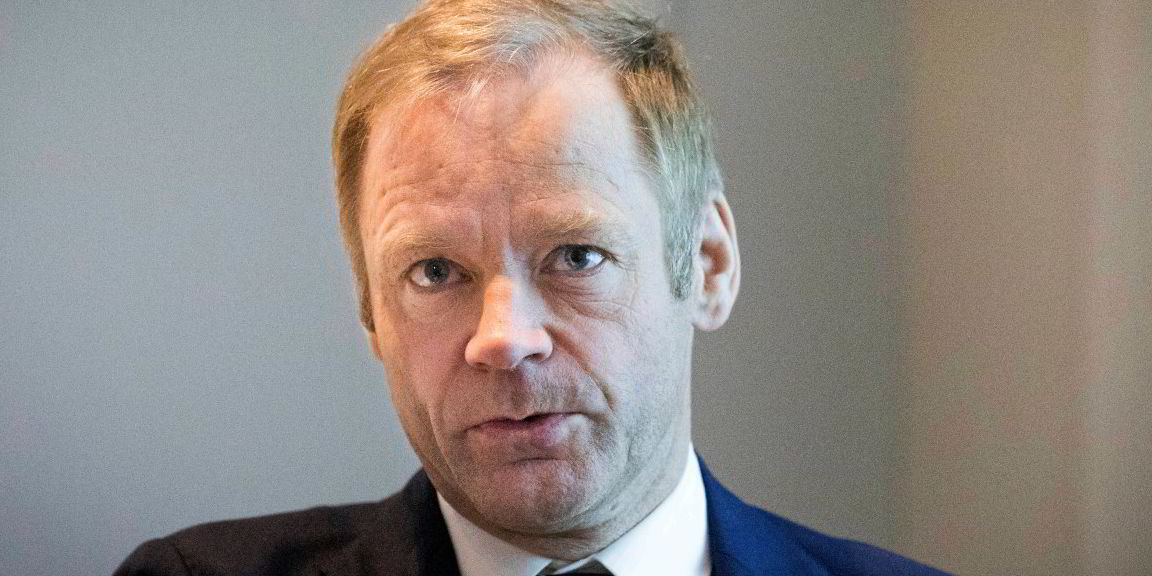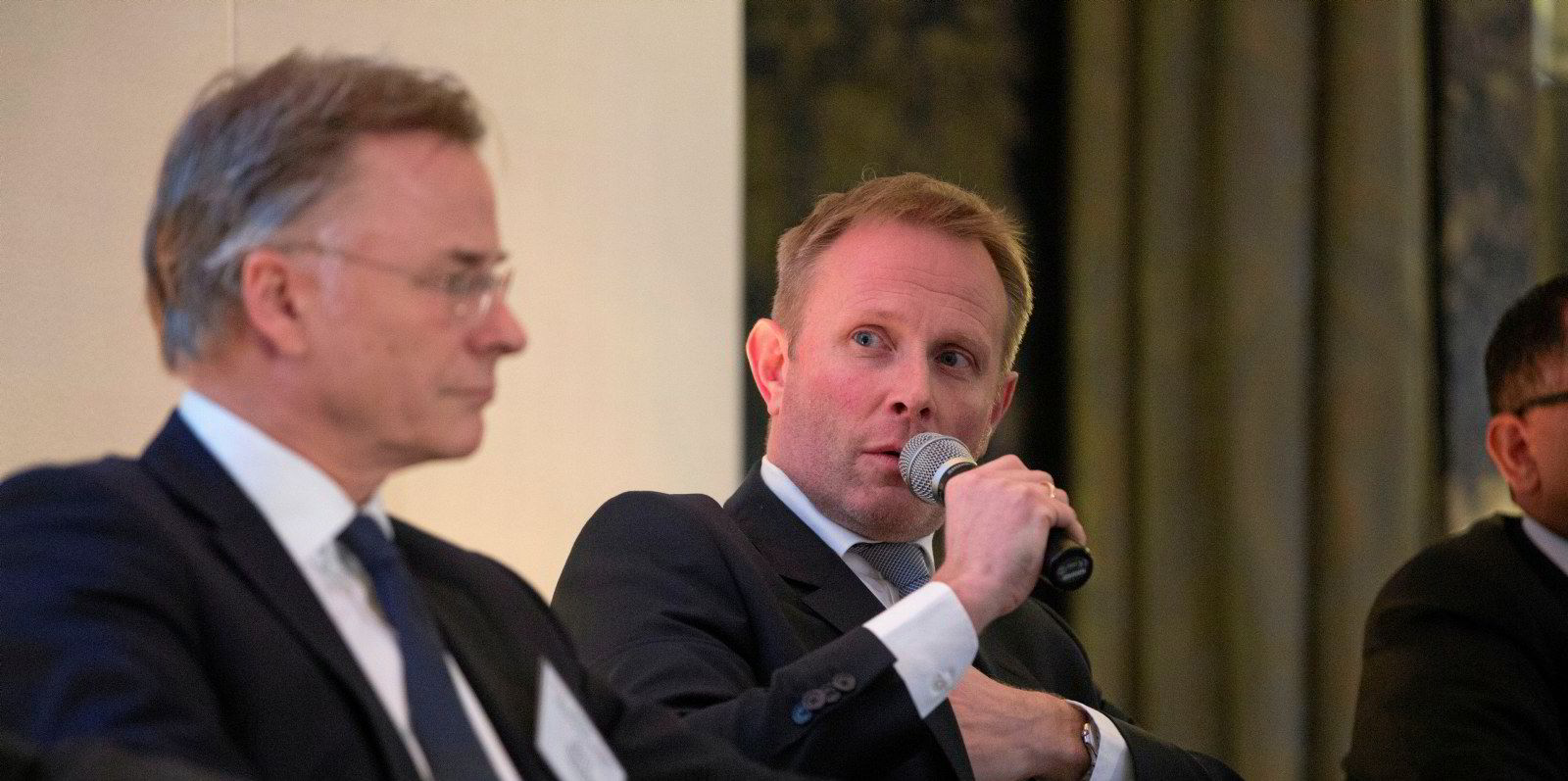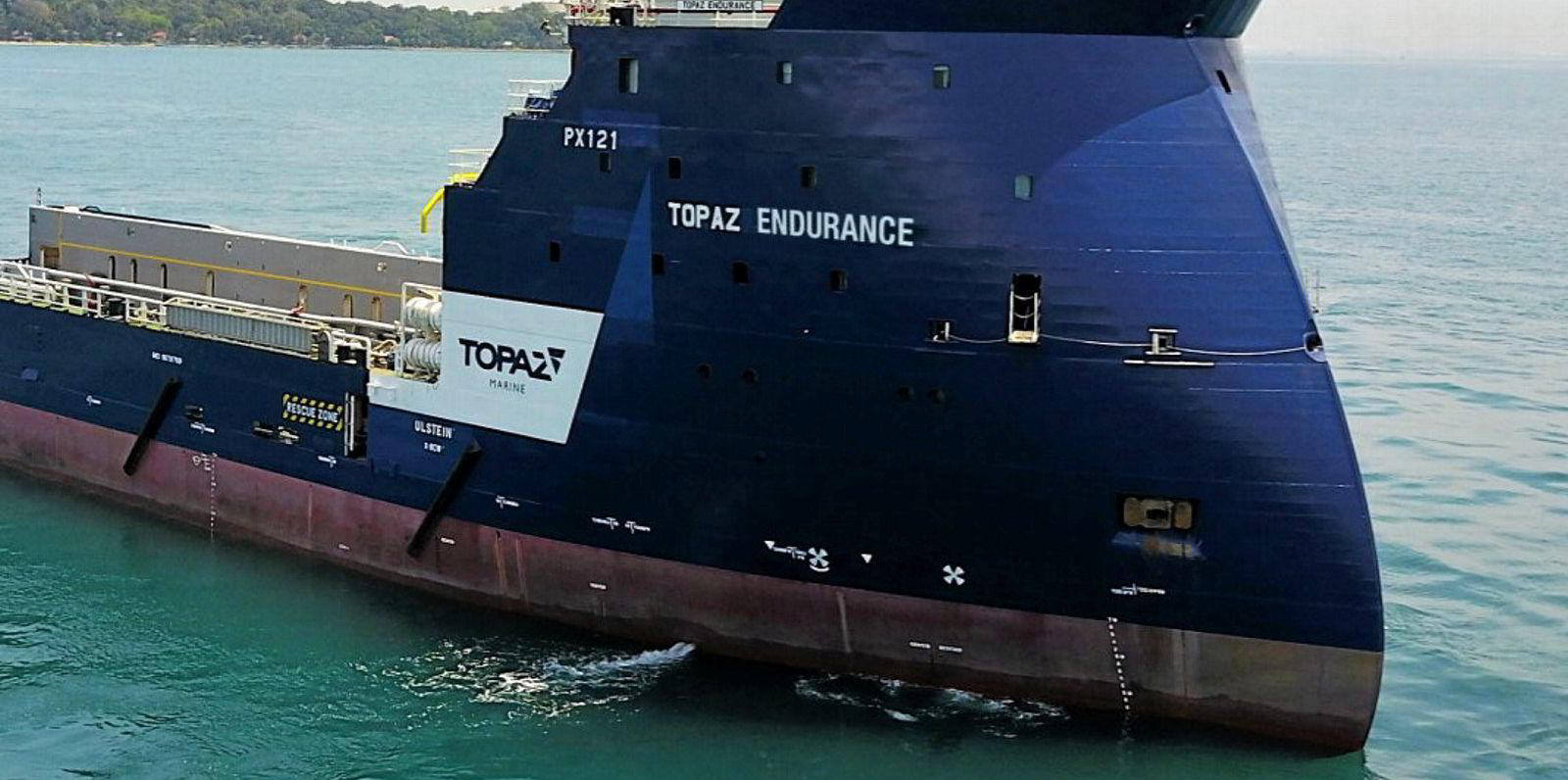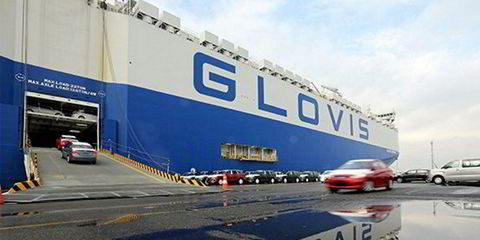DOF Group says offshore support vessel rates are still not high enough to service its $2bn debt mountain.
The Norwegian shipowner said it remains in talks with creditors to find a long-term solution to secure the future of the business.
"The timing of a recovery is highly uncertain, and future earnings and asset values are difficult to forecast, hence further impairments of assets could be expected," the company added.
DOF emerged from a challenging year with a fourth-quarter net profit of NOK 238m ($28.45m), compared with a NOK 512m loss a year ago.
Revenue dipped to NOK 1.68bn from NOK 1.98bn, while Ebitda was down at NOK 606m, versus NOK 805m in 2019.
Depreciation and impairment charges hit NOK 942m, from NOK 651m in 2019, but the company was boosted by unrealised financial gains of NOK 1bn.
The group has secured new contracts worth NOK 6.1bn over the past 12 months.
Debt frozen to 30 April
Standstill agreements have been agreed until 30 April with the majority of secured lenders, and until 31 March with bondholders.
"The group is dependent on continued standstill agreements with its creditors until a long-term financial solution is agreed to maintain as [a] going concern," DOF said.
One of the secured lenders in subsidiary DOF Subsea had already requested repayment of a $47m loan, however. DOF said this bank has now blocked the earnings account for the financed vessel.
A different lender has enforced an account pledge for another DOF Subsea loan.
Debt swap likely
The refinancing proposals include a comprehensive restructuring of the balance sheet, which will probably mean a debt-to-equity swap.
DOF saw improved performance from subsea projects in the Asia-Pacific and Atlantic regions in the final three months, with increased activity in Brazil, where several vessels mobilised for new contracts.
But the North Sea sector continues to be weak.
DOF, which controls 62 ships, had 12 vessels in lay-up by the end of the year, one more than on 30 September.






